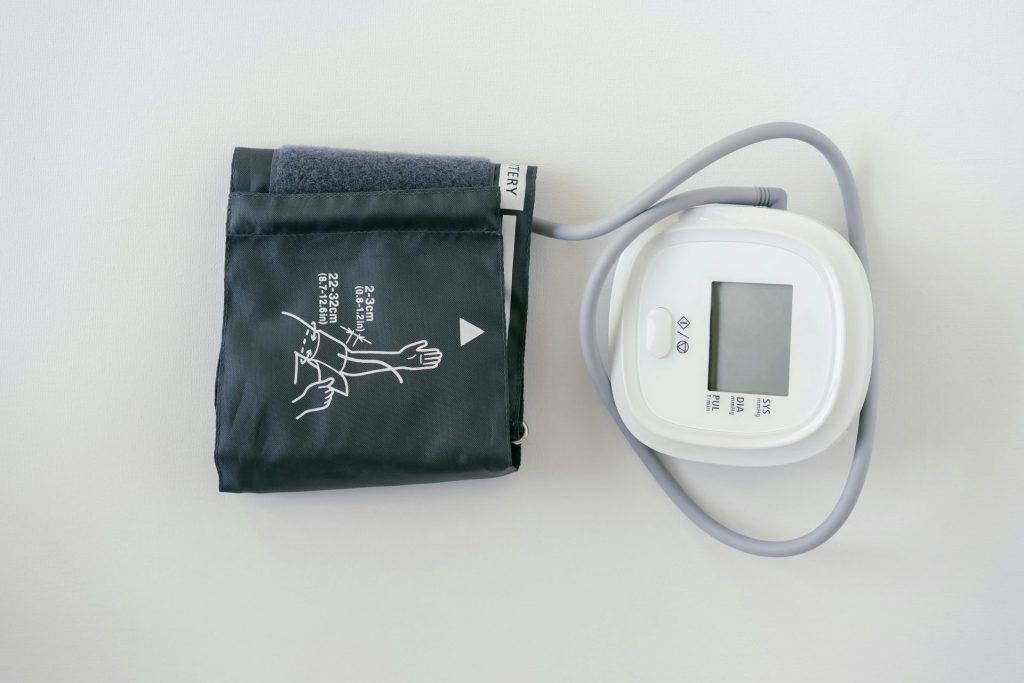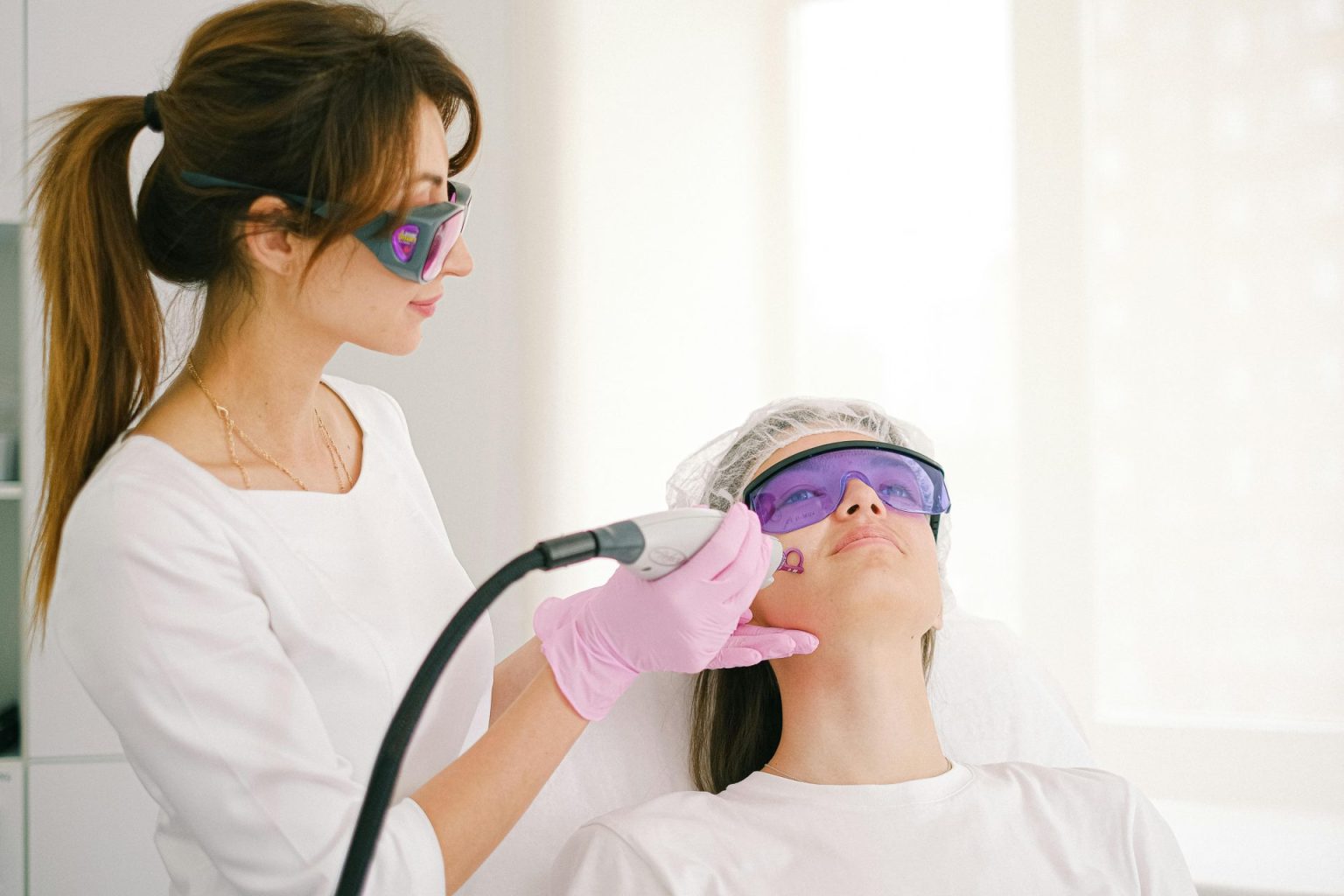For many commentators, the medical device industry is already on the rise. There are now countless gadgets on the market, all offering something a little different.
But many industry reporters believe that we’re right on the cusp of a fundamental change in how the medical system works. Medical devices will no longer be large contraptions in hospitals, but small or even microscopic devices in people’s homes, similar to their smartphones.
The question is, “what’s driving this?”
According to Blue Goat Cyber, a medical device cybersecurity leader, there are several factors. “We mainly focus on the security of these devices, but being so involved in the industry ourselves, we’re keen to track the latest trends. From our vantage point, the reasons for the medical device industry to explore are many, and so we think that the industry will double and then double again soon after that, all happening before 2035.”
Aging Populations
One of the primary drivers of the explosion in the use of medical devices is the aging population. As people get older, health monitoring and surveillance become even more important, explaining the demand.
Furthermore, the prime market (people over 65) usually has the most wealth and disposable income. As such, they’re the type of people who can afford to invest money in unproven devices that haven’t been in use for long.
The list of potential products in this category is already extensive. “We have numerous manufacturers of cardiac monitors, hearing aids, and orthopedic implants coming to us and asking us about security,” Blue Goat Cyber explains. “Given that these devices are often difficult to extract from the body, it is critical that they can’t be hacked and that they keep patient data safe to the extent that they collect it.”
As the population ages further, it’s likely that the medical device industry will also evolve. With more chronic conditions, like diabetes, the focus will likely shift to this issue rather than problems that are more apparent earlier in life.
Technology And Innovation
Another driver is technology and innovation. Medical devices are benefiting from the same improvements in microchip design and miniaturization as the rest of the computer industry, leading to more potential use cases.
These advances are themselves being accelerated by AI. Artificial intelligence and directed machine learning are enabling users to use medical devices to detect problems earlier and potentially dispense treatment.
AI is particularly crucial because a lot of conditions require careful parsing of data. Regular statistical models can be useful, but they don’t compare to deep learning systems that can chew over the data in new ways and come to more sophisticated and accurate conclusions.
Robots are important, but they are playing less of a role right now. Systems often have higher accuracy than human hands, but they don’t have the sophistication to automate surgery just yet, and they likely never will.
Even so, new technologies are having a profound effect. Cutting-edge systems are making devices smarter and smaller, opening the space of possible applications in the near future and encouraging custom software development.
Remote Monitoring

Remote monitoring is also a driving factor. Wearable devices are enabling health practitioners to monitor their patients remotely and track changes in their health. These track a bunch of key biomarkers and then crunch the numbers in the crowd before spitting out risk scores in real-time.
These sorts of insights are useful because they give patients more control over their vitals in real-time and empower them to ease hospital burdens. It also provides them with an overview of their current health, and what they need to do to improve it.
Emerging Market Opportunities
Emerging market opportunities are another reason the medical device market is exploding right now. New consumers are coming online, and they often demand better health for themselves and their families.
Most of this change is coming from Latin America and the Asia-Pacific regions. These parts of the globe are undergoing a consumer revolution, where people increasingly expect to manage their health and access the most advanced at-home technology.
According to figures, emerging market demand for medical devices is likely to hit $800 billion by the end of the decade, almost doubling in size. This enormous size will then drive a marketing machine that will normalize the use of wearables and turn them into regular consumer products.
Interest In Personalized Medicine
We are also witnessing a boom in medical device technologies because of the growing interest in personalized medicine. People want innovations that will track their specific biomarkers when consuming foods and drinks so they can track the effects.
This shift is being made possible through the use of at-home devices and AI-driven evaluations. Medical devices don’t necessarily need the most precise sensors if they combine them with deep learning, lowering costs and making them more valuable.
“A lot of startups in the space are looking for ways to lower the price of hardware using more AI assistance,” explains Blue Goat Cyber. “The idea is to take messy information and produce something more precise with the data, making it more interpretable by patients.”
Direct-To-Consumer
Finally, there are now a bunch of direct-to-consumer options flooding the space. Companies are actually bypassing traditional hospital clients and looking for individual consumers who want to take more control over their health.
At-home diagnostic kits and continuous glucose monitors are the most coveted examples right now. However, the entire market is growing and there is something for everyone. In the future, these devices will become less expensive and invasive, encouraging more people to use them and see them as part of regular life.
Even regulators are now getting on board with the idea that the medical device industry needs to expand. When these people believe the time is to grow, it may be a good time to get in.
However, caution is still required. The data protection and safety standards for medical devices are high in most countries, including the U.S.
Photos by Anna Shvets Mikhail Nilov; Pexels







